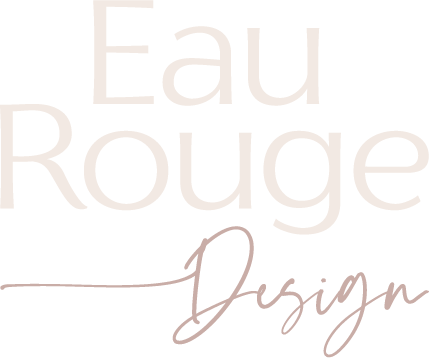Other design for print items you may require

Car Graphics Design

Signage Design

Bag Design

Bike Design

Gazebo design

Folder Design

Calendar Design

Voucher Design

Newsletter Design
Design for print items is a specialised field that combines the principles of graphic design with the unique requirements of physical media. Unlike digital design, where the canvas is virtually limitless and mutable, print design is constrained by physical dimensions, material choices, and the printing process itself.
The first step in the design for print is understanding the purpose of the item. Is it an advertisement, an informative pamphlet, or a product packaging? The intent dictates the design approach. For ads and posters, the focus is on attracting attention and conveying a message quickly. This often involves bold imagery and clear, concise text. Informative print items, like brochures and flyers, balance visuals with more detailed information, guiding the reader through the content in a logical sequence.
Packaging design not only has to be visually appealing but also functional, protecting the product and providing necessary information to the consumer. It also needs to consider how it will appear on shelves among competitors.
The choice of colour in print design is crucial and differs from digital design due to the way ink translates onto different materials. Print designers use the CMYK colour model and must be aware of how colours mix and how they might appear on the final product. Proofing is an essential step to ensure that colours match the designer's intentions.
Typography in print design must be legible and appropriate for the medium. Print designers often have a deep knowledge of fonts and are skilled at selecting typefaces that complement the design and are practical for the print format.
Material selection is another aspect unique to print design. The weight, texture, and finish of the paper or material can greatly affect the final product. For instance, a glossy finish might make photographs pop, while a matte finish could give a more sophisticated look.
Finally, understanding the printing process is vital. Whether it's digital printing for small runs or offset printing for larger quantities, each has its own set of limitations and advantages. Designers must prepare their files according to the printer's specifications, including bleed, trim, and any special printing techniques like spot colors or foil stamping.
Print design is an art that demands precision. The tactile nature of the final product adds a dimension that's not found in digital design. It requires a keen eye for detail, a solid understanding of materials and processes, and an ability to translate a brand or message into a physical form that resonates with the audience.
